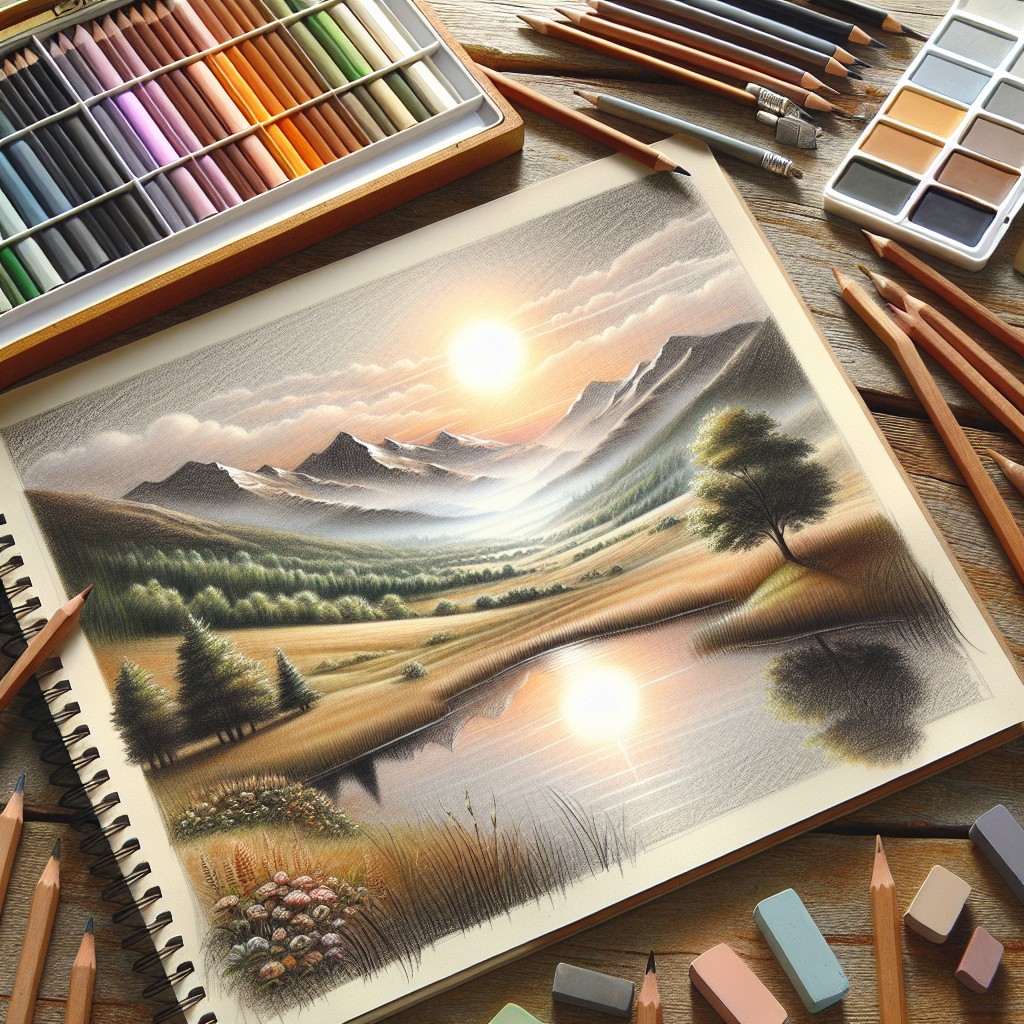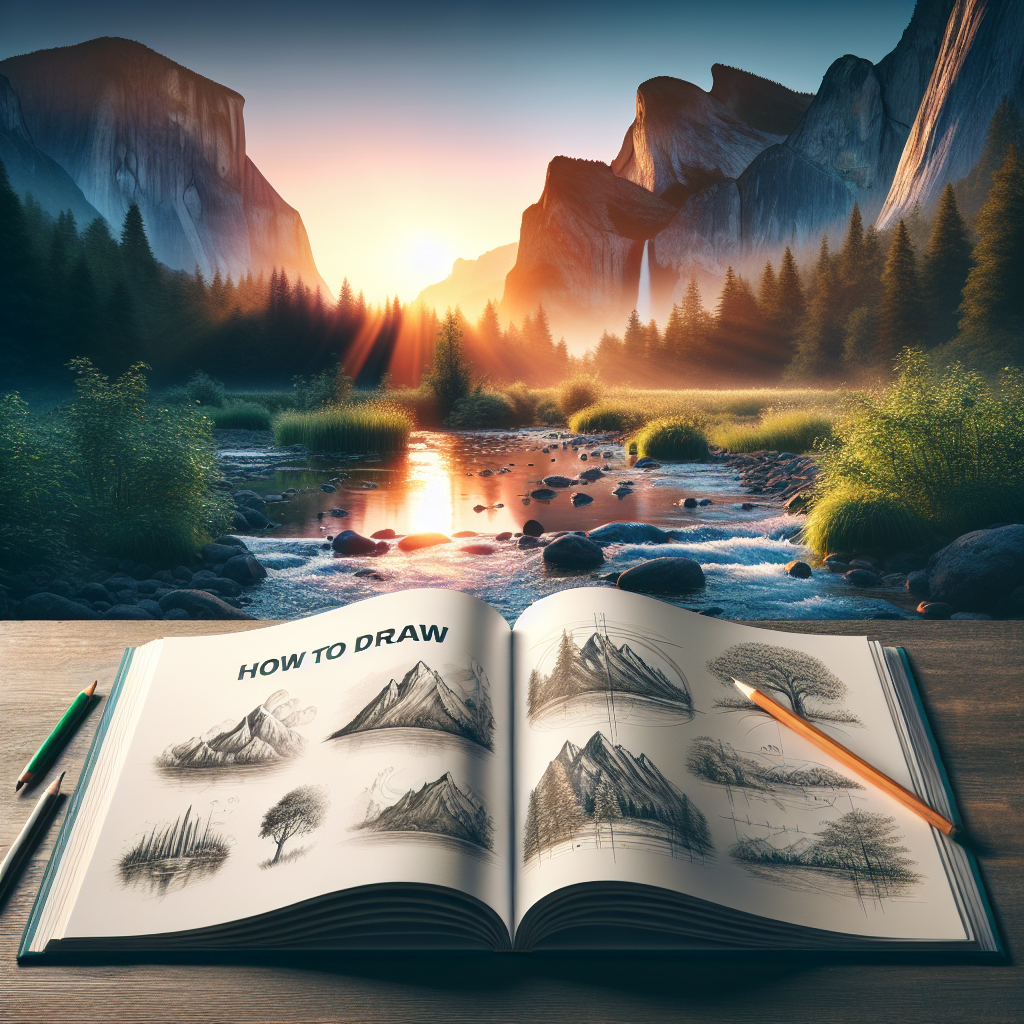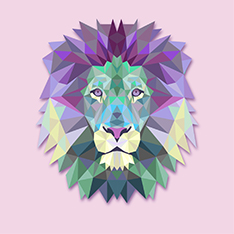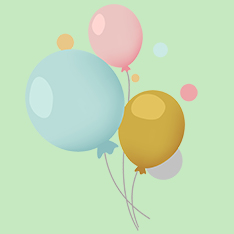-
Tabla de Contenidos
How to Learn to Draw: Tips and Techniques for Beginners

Introduction
Learning to draw can be a fun and rewarding experience. Whether you want to create beautiful works of art or simply improve your doodling skills, there are many techniques and tips that can help you on your journey to becoming a better artist. In this article, we will explore the basics of drawing and provide you with valuable information on how to learn to draw.
The Basics of Drawing
Before we dive into the tips and techniques, it is important to understand the basics of drawing. Drawing is the process of creating images by making marks on a surface. These marks can be made with a variety of tools, such as pencils, pens, charcoal, or even digital tools. The most important thing to remember when learning to draw is that it is a skill that can be developed with practice and patience.
Materials
The first step in learning to draw is to gather the necessary materials. While you can start with just a pencil and paper, having a variety of tools can help you explore different techniques and styles. Some essential materials for drawing include:
- Pencils (HB, 2B, 4B, 6B)
- Eraser
- Paper (sketchbook or loose sheets)
- Sharpener
- Charcoal
- Ink pens
- Blending tools (tortillons, blending stumps)
Observation
One of the key skills in drawing is observation. To draw something accurately, you need to observe its shape, proportions, and details. Take the time to really look at your subject and pay attention to its unique characteristics. This will help you create more realistic and detailed drawings.
Basic Shapes
Another important aspect of drawing is understanding basic shapes. Everything around us can be broken down into simple shapes, such as circles, squares, triangles, and rectangles. By learning to see these shapes in objects, you can more easily draw them.
Techniques for Learning to Draw
Now that you have a basic understanding of drawing, let’s explore some techniques that can help you improve your skills.
Start with Simple Exercises
Just like any skill, drawing takes practice. Start with simple exercises, such as drawing basic shapes and lines, to get comfortable with your tools and develop your hand-eye coordination. You can also try copying simple drawings or tracing images to get a feel for how lines and shapes come together to create a larger image.
Use Reference Images
Reference images can be a great tool for learning to draw. They can help you understand proportions, shading, and details. You can find reference images online or use photographs of objects or people as a reference. Just be sure to use them as a guide and not to copy them exactly.
Experiment with Different Techniques
There are many different techniques for drawing, such as cross-hatching, stippling, and blending. Experiment with these techniques to see which ones you prefer and which ones work best for different subjects. You can also try using different tools, such as charcoal or ink pens, to create different effects.
Take a Class or Join a Community
If you want to take your drawing skills to the next level, consider taking a class or joining a community of artists. This can provide you with valuable feedback and guidance from experienced artists, as well as the opportunity to learn new techniques and styles.
Conclusion
Learning to draw takes time and practice, but with the right techniques and tools, anyone can improve their skills. Remember to start with the basics, observe your subject, and experiment with different techniques. And most importantly, have fun and don’t be afraid to make mistakes. With dedication and patience, you can become a skilled artist.













